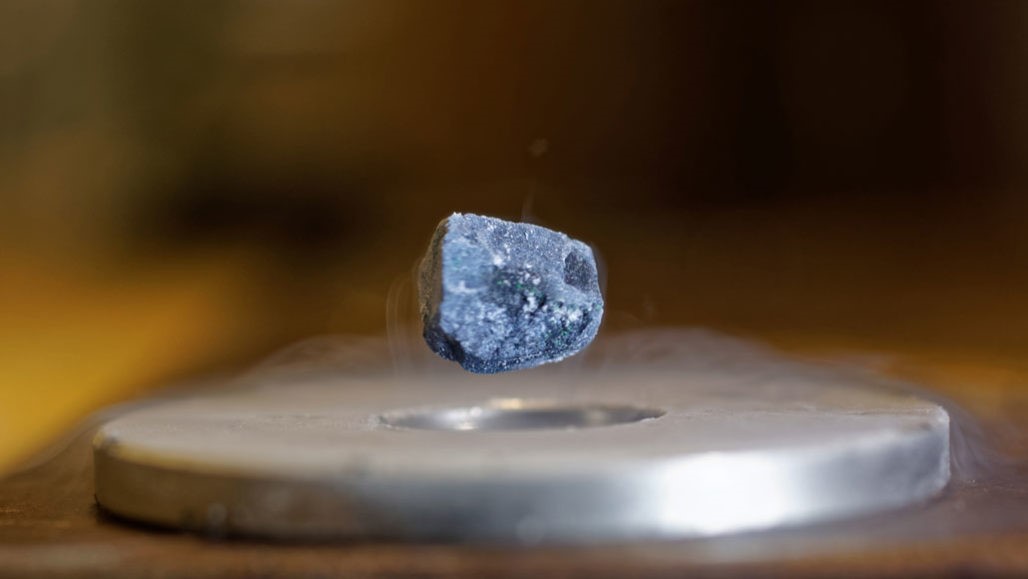When you send electricity through a wire, it heats up and wastes energy – imagine your phone getting hot after watching videos or playing too many games. This happens because most materials have resistance, which pushes against the electricity. Around 8.5% of your electricity is wasted before it even reaches your house because of resistance.
However, a superconductor is a material that has no resistance. If you push electricity through a superconducting loop, it will carry on flowing forever, and if you make superconducting power cables you would never waste electricity again. Superconductors are amazing. You can even make floating trains with superconducting magnets. So why isn’t everything made out of superconductors yet? Because they only work when they are extremely cold – we are talking -264 degrees Celsius. That makes the north pole look like a tropical island!
During the last few decades, scientists have tried to make superconductors that work at higher temperatures. We have made lots of progress, but there are always improvements to be made.
Usually, to get superconductors working at higher temperatures, we try to find or make new materials. However, in my research, I have been looking at improving existing superconductors by bringing them in contact with other special materials. Through complicated quantum mechanics, these materials can change the properties of the superconductor just by being next to them. My calculations predict how superconductors behave and with that, we can figure out the best way to make them work at higher temperatures in practise.
NanoDTC Associate, a2019

